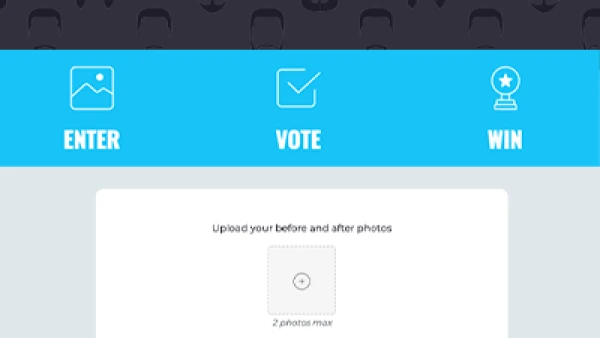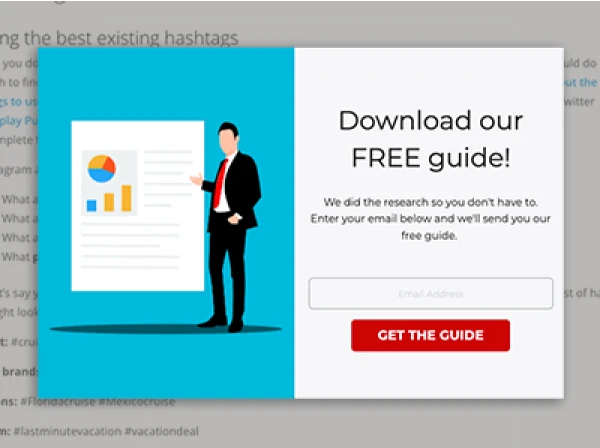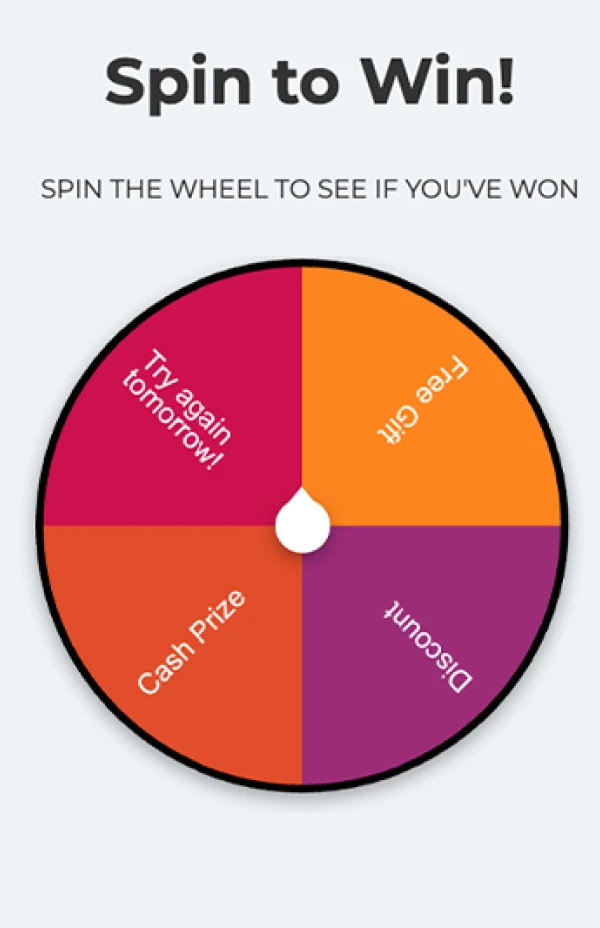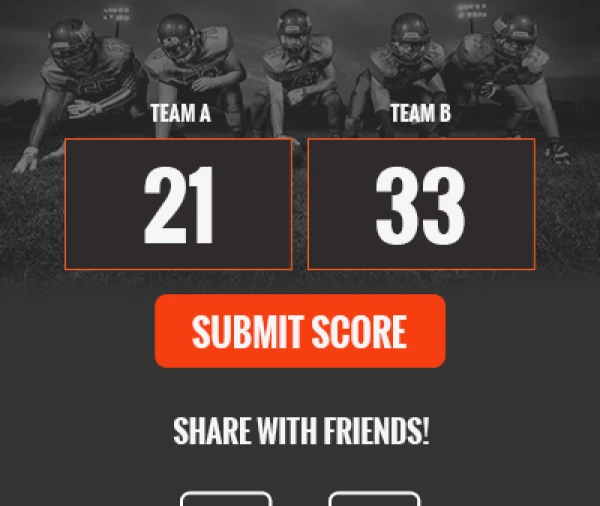Selecting a domain name goes beyond picking something catchy; it’s a calculated blend of psychology, marketing principles, and technical strategy. A well-chosen domain can draw visitors, build trust, and nudge them toward action, while a poor one risks losing them entirely. The process isn’t random; it’s rooted in evidence and insight. Here’s a deep dive into the science behind crafting a domain name that turns clicks into conversions.

Availability Challenges in 2025
With millions of domains registered by 2025, snagging the perfect one is trickier than ever. Prime “.com” names are often taken or pricey on resale markets. This scarcity pushes creativity, encouraging blends like “shopzest.com” or niche TLDs like “.store.” Starting the domain registration process early can help secure a strong name before it’s gone, avoiding heartbreak after falling for an unavailable gem.
Snap Judgments and the Domain Effect
First impressions aren’t just passing thoughts. They’re a neurological reflex. Studies from Princeton suggest humans size up new encounters in as little as 50 milliseconds, and online, a domain name is often the handshake. It’s not just about looking good. It’s about signaling intent fast.
A name like “groweasy.com” hints at simplicity and progress, hitting the brain’s reward center before doubt creeps in. Compare that to “growtoolz123.com”. It’s clunky, vague, and risks a mental shrug. The stakes are high. A 2023 survey by Web Tribunal found 75% of users judge a company’s credibility based on its web address alone. A domain’s split-second impact can either open the door or slam it shut, and businesses ignore that at their peril.
By employing effective zero-click content strategies, you can leverage your domain name to create compelling content that fosters trust and engagement with your target audience.
Keywords Boost Visibility, With Limits
Search engine optimization remains a cornerstone of online success, and domain names play a role in this arena. A domain such as “cheapflights.com” aligns with search intent, potentially lifting its ranking for budget travel queries. However, Google’s 2012 Exact-Match Domain update shifted the landscape, prioritizing user intent and content quality over keyword-stuffed names.
Data from Moz suggests that concise, branded domains with subtle keyword hints, like “shopify.com,” outperform overly descriptive ones in sustained traffic and conversions. To enhance your visibility, consider implementing comprehensive zero-click content strategies that focus on delivering value without requiring clicks, thereby improving your domain's relevance.
Short Names Stick Better
Cognitive research highlights the brain’s preference for simplicity, with studies from the University of California noting that short-term memory holds about seven items, plus or minus two. This applies to domain names: “adidas.com” lodges in the mind more easily than “adidassportswear.com.”
Shorter names also minimize typos, which can divert traffic elsewhere. It is said that domains under 15 characters see higher click-through rates in emails and social posts, with 6 to 14 characters often hitting the sweet spot.
Brandability Sets the Tone
A domain isn’t just functional; it’s a branding tool. Standouts like “etsy.com” or “stripe.com” don’t spell out their offerings but create a unique, memorable identity. Generic names like “buystuff.com” blend into the background, while distinctive ones like “zingly.com” spark curiosity.
The Journal of Marketing Research reports that brand recognition can boost purchase intent by up to 20%. A strong domain should sound good aloud, look sharp in visuals, and flex with a business’s growth.
TLDs Carry Weight
The top-level domain, or TLD, shapes perceptions. Statista data shows “.com” dominates over 50% of websites, a testament to its universal trust factor. A GrowthBadger survey found that 76% of consumers link “.com” to established businesses, outpacing newer TLDs like “.shop.”
Yet, context matters: “notion.so” leverages “.so” for a modern edge, while “codeacademy.org” uses “.org” to underscore its educational focus. Obscure TLDs like “.xyz” may confuse mainstream users unless targeting a niche, tech-savvy crowd.
Culture and Language Factor In
A domain must connect with its audience, and that means considering cultural and linguistic nuances. The word “gift” means “poison” in German, potentially dooming “giftshop.com” in that market. Pronunciation matters too, with the International Journal of Bilingualism noting that easy-to-say names improve recall by 15-20%. For global reach, testing with native speakers ensures a name avoids missteps and resonates widely.
The Trust Factor Domains Can’t Ignore
Trust isn’t negotiable online. It’s the currency of clicks. A domain that feels off can kill a sale faster than a slow load time. Baymard’s 2025 cart abandonment stats show 71% of drop-offs tie to doubt, and a sketchy name, like “dealz4less.com”, lights that fuse. Clean, confident domains like “havenly.com” signal safety without trying too hard. Verisign’s latest trust index gives “.com” a 35% edge over hyphenated or numeric suffixes, a gap that’s widening.
Building trust goes beyond the name itself. Pairing it with HTTPS, a visible privacy policy, and a polished landing page amplifies the effect. Businesses can audit trust signals with certain tools, ensuring the vibe matches the promise. In a skeptical web, a domain’s first job is proving it’s legit.
Trust can be significantly enhanced by creating engaging and interactive content that resonates with your audience. By implementing techniques highlighted in 11 Interactive Content Trends & Tactics Proven to Boost Engagement, such as personalized content experiences or interactive storytelling, businesses can foster a stronger connection with visitors. This, in turn, can make your domain feel more legitimate and trustworthy, paving the way for higher conversion rates
Leaning on Data to Pick a Winner
Gut picks are risky. Data’s the guardrail. Google Trends can map a keyword’s rise or fall, say, “vegan” spiking in 2025, guiding domain choices with real-time pulse. A/B testing via Unbounce can pit “vegankit.com” against “greenbite.com”, showing which pulls more signups. Social media is a goldmine too. A quick X poll can gauge crowd love for “snapfit.com” versus “fitfast.com”, cutting guesswork.
The edge comes from iteration. SimilarWeb data shows top domains like “airbnb.com” didn’t just guess. They tracked and tweaked.
Making Domains Easy on the Brain
Clarity cuts through chaos. A domain like “petpal.com” hands users the gist. No riddle to solve, no bounce to stats. Vague stabs like “pawsy.com” might intrigue but muddle intent, per a 2024 Crazy Egg heatmap study showing 20% higher exits on ambiguous sites. Usability expert Jakob Nielsen argues that the brain craves instant context. A good domain delivers it, smoothing the path to staying on the website.
It’s also about typing ease. “Runclub.com” flows off fingers. “rnnclb.com” trips them up. Certain tools can test how fast users understand a name, refining it to glide. Effortless domains don’t just attract. They keep.
Sparking Feelings Through Smart Naming
Emotions aren’t soft. They sell. A domain like “nestwell.com” tugs at comfort, coaxing clicks with a cozy promise. Behavioral economist Dan Ariely notes that emotions drive 70% of decisions. A name tapping that, like “thrillride.com” for adventure gear, can lift engagement 12%, per 2024 HubSpot data. It’s subtle, but it works wonders. “hopebloom.com” for a florist beats “flowersnow.com” on heartstrings.
The trick? Match the mood to the mission. A law firm’s “justiceshield.com” feels sturdy, not mushy. Businesses can brainstorm emotional hooks, then test via landing page heatmaps to see what ignites. A domain that stirs wins loyalty, not just traffic.
Building a Name That Grows With the Times
A domain locked to one niche can choke evolution. “Printmag.com” worked in 1990 but stalls in a digital age. Smart picks like “storywave.com” flex. Books today, podcasts tomorrow. A 2024 Deloitte study found that 55% of startups pivot within five years. A stretchy name keeps pace. Think “basecamp.com”. Vague enough to roam, specific enough to root.
Future-proofing means dodging fads too. “Metaversehub.com” might tank if VR cools. Brainstorming with “what if” scenarios, new products, new markets, nails a keeper. Longevity is the prize.
Final Thoughts
A domain that converts hinges on clarity, memorability, relevance, and trust. By weaving together psychological cues, SEO tactics, and branding savvy, businesses can land on a name that attracts and retains customers. In 2025, with domain options dwindling, the process starts with brainstorming guided by these principles. A domain is a digital first step, one that should invite visitors in and keep them coming back.
About the author
Emmy Persson is a skilled content writer and copywriter with a passion for crafting engaging content. Specializing in digital marketing, she creates compelling stories that captivate readers. With a keen eye for detail and creativity, Emmy delivers well-researched, informative, and inspiring content that connects with audiences and adds value to every piece she writes.
Recent posts
Go back to blogGet marketing tips straight to your inbox
Launch an irresistible giveaway. Get started for free.
Join 630.000+ marketers that are boosting engagement and sales.













